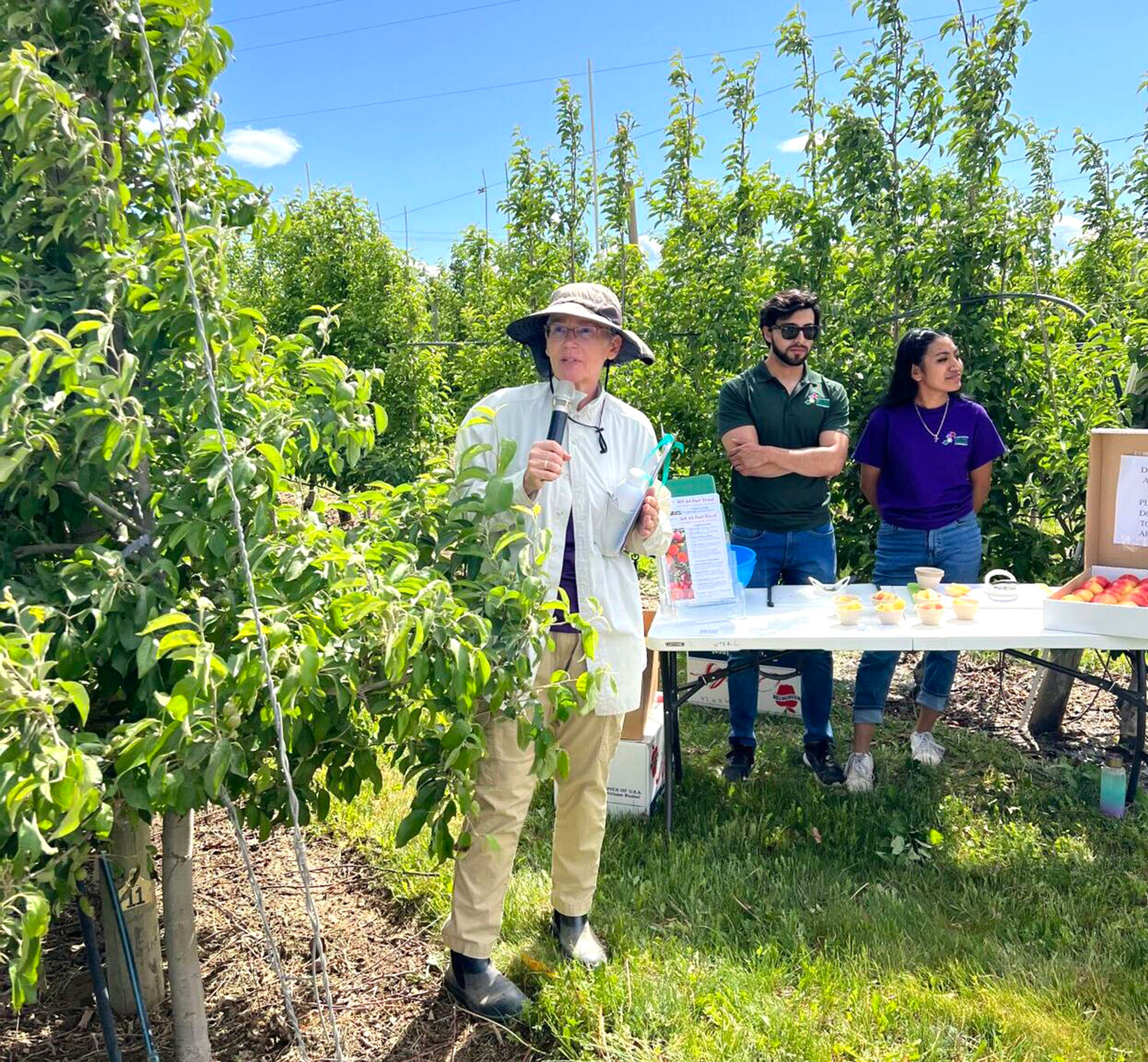Yellow starthistle goes on the defensive
AG FALL '09: Noxious weed appears to be hunkering down, specialist says, noting the pest is not all bad
In the war against weeds, there is no such thing as a victory, armistice or truce - just an annual battle to keep the many enemies from advancing.
"I think that's probably a good summary," said Matt Voile, noxious weeds program manager for the Idaho Department of Agriculture in Boise. "I guess I would just encourage people to go after weeds on their own property, and work with the local cooperative weed management area. We'll at least be able to keep the thing in check."
A total of 57 noxious weeds are listed in Idaho, with more than 100 in Washington. Within the Lewiston Tribune's circulation area, Voile said, the front against the various knapweeds and yellow starthistle probably are the most active. "There isn't any big alarm on new weeds. It's just the battle continues."
In addition to knapweed and starthistle, tansy ragwort has been posing an active threat the past few years, Voile said.
Yellow starthistle, he said, appears to have hunkered down in the most conducive habitats and gone on the defensive. But he said the plant doesn't appear to be out to conquer that much more ground.
Voile acknowledged that honey producers consider yellow starthistle as something of a cash crop, rather than a weed.
"It makes a very clear, very light, very pleasant honey," he said. But he doubts such demand would result in removal of the plant from the noxious weed list. "Kind of the sad part about it is that the more bees we have working it for honey, the higher viability of the seed being produced by yellow starthistle."
For the most part, said Voile, who studied starthistle while at the University of Idaho, the plant is limited to specific habitat types. And most of those in the Clearwater region are already infested. "When it moves out of that habitat," he explained, "it can stage isolated breakouts, but overall it's not going to be dominant. There are other weeds that are more competitive for the resources."
Five varieties of knapweed are on the state's noxious weed list. And at least two of those species are very much at home in the north central Idaho canyons and valleys. Traffic, wind and water corridors contribute significantly to the spread of such weeds.
"The knapweed species, especially, are very well evolved or suited as what they call road runner species," Voile said. "They get started typically on shoulders of highways and then they just move into the interior and up hillsides."
Voile lauded the various county weed agents and cooperative control groups as key to, if not eradicating weeds, to at least reducing their impact in farm and livestock areas. "I just can't say enough about the local groups."
Armed with limited budgets, crews continue to hold the upper hand, Voile said. "We've got them working on as much grant money as we can get them through state agencies. They're just dedicated people who are up against an overwhelming prospect of managing all these different species with limited budgets."
---
Johnson may be contacted at
djohnson@lmtribune.com or (208) 883-0564.









